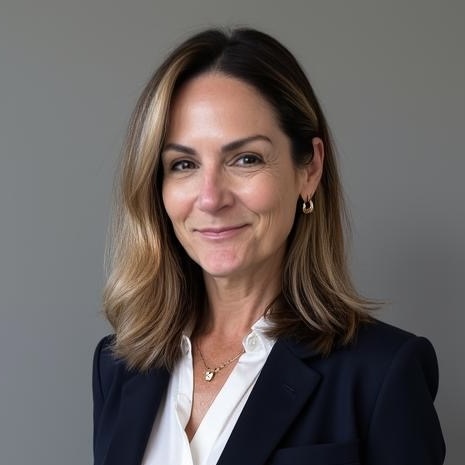
Video | Jun 2020
Communicating ESG Priorities
Ep. 4: Determine the top-level concerns for your company and then tell a succinct and clear story about your organization’s position on these ESG objectives.
Transcript
Mark: I’ve got to tell you, I'm still having a hard time with this because it just seems like the waterfront is so wide. We talked about safety. That's easy to think about. We talk about governance on the other side. That's easy to talk about, but there are a lot of issues in between, and if I tell a CEO, if a board tells a CEO, that they're going to be evaluated on ESG, that seems too broad of a brush. How can we better define this so that it makes it real and actionable by the management team or in fact, is it not because it's still a nebulous concept that we're trying to get our arms around?
David: You have a great concern there, because I think, from a CEO's perspective, it's daunting to think about all these things. I think there are two things you think about. One is are you effectively creating an environment in which people are going to be treated properly at all levels? And I think you can start to measure that. The second one is are you doing the things you need to do to prevent one of those awful surprises—that somebody calls up in the middle of the night and says, so-and-so who runs X division has been accused of sexual harassment by a marketing intern somewhere. And those create crises. You want to avoid that. You want to avoid the Wells Fargo situation of people making up accounts to hit their sales goals. That's risk control and risk management is something people are learning more and more about.
That first one—how do you create the environment in which people will be treated well—has a lot to do with how do you train your managers to deal with people? How do you communicate to those managers what they're expected to do? And how do you communicate to employees about what they are expected to do and how they can expect to be treated? And in most organizations these days, especially larger organizations, you do see something called an employee engagement survey, and you see a lot of focus on it at the compensation committee level, especially if you have a management development and compensation committee that worries about broader issues. You see a lot of focus there, even if improving the score is not an incentive plan measure, because if those engagement surveys are coupled to the right kind of communication program and the right kind of employment rules of the road, if you will, and codes of conduct and that sort of thing, you will be able to measure whether you are doing better or worse than other organizations on creating that kind of environment.
Mark: That begins to put some stakes in the ground around what you're trying to measure. Bringing it back up to the compensation committee and communicating it to investors and the public, how do we go about doing this? I understand that some organizations create sustainability reports, but I'm not so sure that investors necessarily always read that. How can we think about that as it relates to say-on-pay and how the investors will vote on issues related to compensation?
Sharon: I think it's really about helping people find the information that they need to understand what the company is doing. And we know, coming back to the compensation committee, that the CD&A in the proxy statement has become a pretty important tool from a marketing standpoint. So it's not just about the compliance, but it's about taking an opportunity to tell a succinct and clear story about your business. And we've seen that evolve from business highlights, to business highlights and leadership objectives and talent objectives, and now I think what we need to do is start figuring out how we can layer in some of the highlights around ESG and what that means to a company and its performance, and use that as a platform to point people back to where they can find more information should they want it, should they need it. ISS and Glass Lewis are a great example. If there aren't specific ESG metrics in an incentive program, it may not ever show up in the CD&A or the proxy statement, but I think we need to think about how we can leverage that real estate to bring some more attention to it and point people in the right direction.


